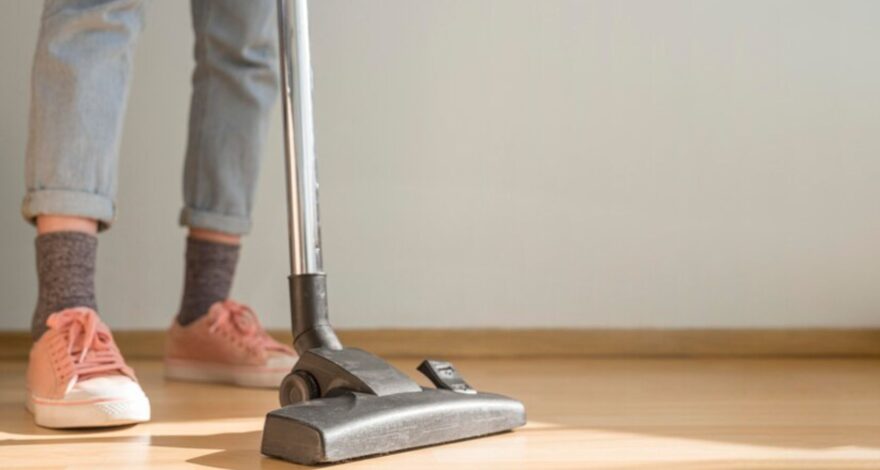Floor sanders are essential tools for anyone looking to maintain, refurbish, or enhance the appearance of their flooring. Whether you are a homeowner, a DIY enthusiast, or a professional contractor, understanding the various types of floor sanders Melbourne and their applications is crucial for achieving the best results.
This comprehensive guide will walk you through the different types of floor sanders, how to choose the right one for your project, and essential safety tips to ensure your sanding experience is smooth and successful.
Types of Floor Sanders
- Drum Sanders
Drum sanders are heavy-duty machines designed for large-scale projects. They effectively remove old finishes and levelling uneven floors, making them ideal for extensive sanding tasks.
Best Use Cases: Drum sanders excel in removing old finishes and leveling floors, making them suitable for large, heavily worn surfaces.
Tips for Usage: Due to their power and aggressiveness, drum sanders require operating experience. Improper use can gouge or damage the floor, so it is essential to keep the sander moving and follow the grain of the wood.
- Orbital Sanders
Orbital sanders are lightweight, easy to use, and less aggressive than drum sanders. They are perfect for refining and finishing work and less intensive sanding tasks.
Best Use Cases: Orbital sanders are ideal for finishing work and minor sanding tasks requiring a gentle touch.
Tips for Usage: These sanders are suitable for beginners due to their ease of use and gentleness on flooring. Move the sander in a consistent pattern to avoid uneven sanding.
- Edge Sanders
Edge sanders are designed to reach the edges and corners that larger sanders cannot access. They are essential for achieving a smooth, uniform finish along baseboards and tight spaces.
Best Use Cases: Edge sanders are perfect for the finishing touches along baseboards and tight, hard-to-reach areas.
Tips for Usage: To avoid gouging the floor, work slowly and methodically with an edge sander, ensuring you maintain control at all times.
How to Choose the Right Floor Sander
Factors to Consider:
Project Size:
Consider the size of your project when choosing a floor sander. A drum sander is often the best choice for large areas due to its power and efficiency. An orbital sander may be more suitable for minor touch-ups or less intensive tasks.
Type of Flooring:
The type of flooring you work with significantly influences your sander choice. Drum sanders are excellent for hardwood floors, while orbital sanders are gentle enough for softwood and engineered wood.
Experience Level:
Your experience level is also an important consideration. Professional contractors may prefer the power and effectiveness of a drum sander, whereas DIY beginners might find orbital sanders easier to handle and control.
Rental vs Purchase:
Pros of renting:
Renting a floor sander is cost-effective for one-time projects, eliminating the need for a significant upfront investment. Additionally, it allows you to access different types of sanders without committing to a single purchase.
Cons of Renting:
However, renting has its drawbacks. You may have limited access to high-end models, and there may be availability issues during peak times. Additionally, rental costs can add up if you need the sander for an extended period of time.
Pros of Purchasing:
Purchasing a floor sander is a long-term investment for frequent users. Owning your equipment allows for greater flexibility and convenience, as you can use it whenever necessary without worrying about rental availability or costs.
Cons of Purchasing:
The primary drawback of purchasing is the higher initial cost. Additionally, maintenance and storage of the equipment are your responsibility.
Safety Tips When Using Floor Sanders
Personal Protective Equipment (PPE):
When using floor sanders Melbourne, it is crucial to wear appropriate personal protective equipment (PPE) to ensure your safety. This includes dust masks to prevent dust inhalation, safety goggles to protect your eyes, and ear protection to safeguard against excessive noise.
Proper Ventilation:
Keeping the area well-ventilated is essential when sanding floors. Proper ventilation helps to disperse dust particles, reducing the risk of inhalation and improving air quality.
Sanding Technique:
Following the correct sanding technique is vital for achieving a smooth, even finish. Always follow the wood grain and keep the sander moving to prevent uneven sanding or damage to the floor.
FAQs About Floor Sanding
What grit sandpaper should I start with?
The grit of the sandpaper you start with depends on the condition of your floor. Start with a coarse grit (36-40) for heavily worn or damaged floors to remove old finishes and level the surface. You can start with a medium grit (60-80) for less damaged floors.
How do I handle nicks and scratches?
Nicks and scratches can be addressed using a filler suitable for wood floors before sanding. After applying the filler and allowing it to dry, sand the area gently to blend it with the surrounding surface.
Can I refinish engineered wood floors?
Engineered wood floors can be refinished, but they have a thinner veneer layer than solid hardwood. This means they can only be sanded a limited number of times. Always check the manufacturer’s guidelines before attempting to refinish engineered wood floors.
Conclusion
Understanding the different types of floor sanders Melbourne and their applications is essential for achieving the best results in your flooring projects.
Whether you are a homeowner, DIY enthusiast, or professional contractor, choosing a suitable sander, using proper techniques, and following safety guidelines will ensure a smooth and successful sanding experience.
Trust Total Floor Sanding and Polishing for your next flooring project and experience the difference that professional-grade tools and knowledgeable staff can make. Our dedication to excellence and customer satisfaction sets us apart as the go-to provider for all your floor sanding and polishing requirements.


